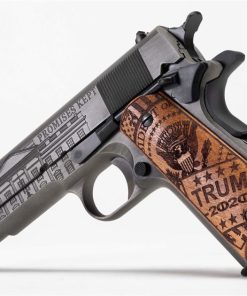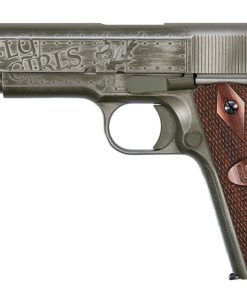Auto Ordnance Handgun Semi-Auto
Auto Ordnance 1911 .45 ACP Semi-Automatic Pistol with Iwo Jima Wood Grips
Auto Ordnance Handgun Semi-Auto
Auto Ordnance 1911 45 ACP Pistol Cold Dead Hands Edition with Stainless Frame/Slide
Auto Ordnance Handgun Semi-Auto
Auto Ordnance 1911 45 ACP Pistol with Trump Rally Cry Engravings
Auto Ordnance Handgun Semi-Auto
Auto Ordnance 1911 45 ACP Semi-Auto Pistol Trump Save America Special Edition
Auto Ordnance Handgun Semi-Auto
Auto Ordnance Handgun Semi-Auto
Auto Ordnance 1911 45 ACP United We Stand Special Edition Pistol
Auto Ordnance Handgun Semi-Auto
Auto Ordnance 1911 45ACP Revolution Custom Edition Engraved Pistol
Auto Ordnance Handgun Semi-Auto
Auto Ordnance 1911 A1 45 ACP Donald J. Trump Make America Great Again Special Edition
Auto Ordnance Handgun Semi-Auto
Auto Ordnance Handgun Semi-Auto
Auto Ordnance 1911 Squadron Special Edition WW2 45 ACP with U.S. Logo Grip
Auto Ordnance Handgun Semi-Auto
Auto Ordnance 1911 Victory Girls Special Edition WW2 45 ACP with U.S. Logo Grip
Auto Ordnance Handgun Semi-Auto
Auto Ordnance 1911-A1 45 ACP Full-Size America First Pistol with Custom Engraving (1 of 300)












